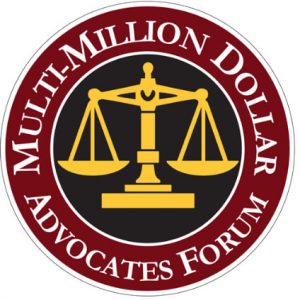Child Safety Concerns and Regulations for Zen Magnets
Buckyballs are those tiny but powerful magnetic balls and cubes you’ve seen on co-workers desks. The ones that they play with and mold into different shapes. Gizmodo describes them as: “Unlike common magnets which might be made of an iron alloy, Buckyballs are made of neodymium, a rare earth metal. The powerful attraction between the little balls made them stick together intensely, but with a little practice you could use a set—or two or three sets—to build up some impressive shapes. Buckyballs are insanely addictive, and they were an instant hit with a huge community of enthusiasts who shared photos of their creations online.”
Fun, right? No so much for the parents of children who accidentally swallowed them. These magnets are so powerful that if swallowed they can come together inside your body and cause perforations in the intestine walls that may require surgery.
Some think that the Consumer Product Safety Commission (CPSC) has crossed the line in their mission to protect the public from unreasonable risks of injury by targeting Buckyballs. Others argue Buckyballs were marketed and sold to adults and came with at least five separate warnings to keep the product away from children.
But Is A Warning Enough?
One child has died so far and from 2009 to 2013, 2,900 children and teenagers needed immediate medical attention because they had ingested at least one of these magnets. Rachel Weintraub, the legislative director and senior counsel at the Consumer Federation of America explains that “It’s likely a parent wouldn’t even know that some magnets were missing, and the symptoms a child would have certainly wouldn’t be clear that they had swallowed something. It is a hidden hazard with very serious consequences.”
A Little History
Federal authorities first banned Buckyballs in 2012 because of the threat to children who accidentally swallowed them. CPSC fought owner of Maxfield & Oberton (the company that manufactures Buckyballs), Craig Zucker, for years when his company refused to issue a recall. In fact, the fight became so heated that Buckyballs became the face of the commission’s safety campaign. This summer, he gave up the fight and paid out a settlement of $375,000.
Other magnetic toy companies that make similar products, such as, Cybercube, also quit fighting CPSC and says he is still paying off about $50,000 in debt. In 2012, he shut down his company along with 13 other businesses that make similar toys, including Maxfield & Oberton.
Mr. Qu’s Fight against CPSC
CPSC wants Zen Magnets to stop selling these magnetic toys. He is the last man standing and it’s a fight he knows he may not win. Mr. Qu says, “This fight is about more than just the money. Legitimate safety concerns, he argues, must be balanced by the rights of small businesses and entrepreneurs.”
This may be the campaign’s most aggressive campaign since Congress expanded its authority in 2008. Zen Magnets is the last hurdle for the agency, which has ruled that high-powered magnets must either be too large for a child to swallow or about one-fiftieth as powerful as Buckyballs.
In December, Qu will attempt to convince an administrative law judge that his products are safe when used properly. If Qu wins, the commission will need to appeal in order to force him to recall his products.
So What about These?
What I don’t understand is the results from a search for Buckyballs. If Qu is the only holdout then why are all of these for sale? At first I thought they must be larger and don’t pose a swallowing threat, but Zen magnets are 5mm, the same size and even larger than these advertised magnetic toys at 5mm and 3mm. What gives?




















